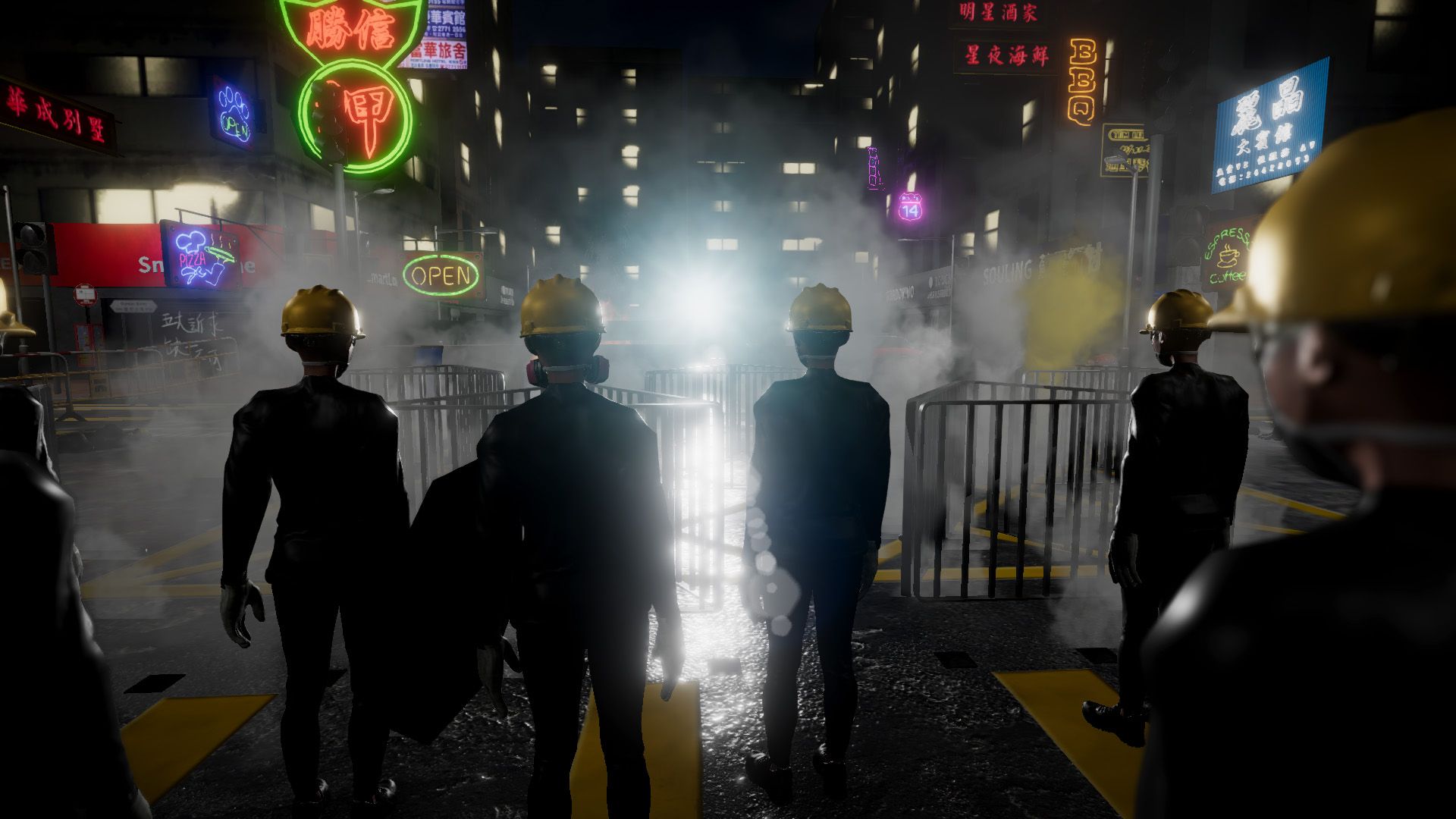See Beautiful Trouble, ➝.
For Cassie Robinson's work see ➝.
The talk was given within the context of CreaTures, an EU Horizon 2020 research project investigating the potential of creative practices in art, design, and related cultural fields to support positive eco-social change that I am involved in. See ➝.
See Minecraft (2011), ➝.
"Utrecht 2040 Game sends students into the city," Utretch Univeristy, ➝.
See The Treaty of Finsbury Park, ➝.
See Other Futures Festival, ➝.
Sebastian Skov Andersen, "The Developers Keeping Hong Kong’s Spirit Alive Through Games," Wired, March 29, 2021, ➝.
Joost Vervoort and Anticiplay, "Games for better futures & futures for better games: building a movement," Medium, November 24, 2021, ➝.
